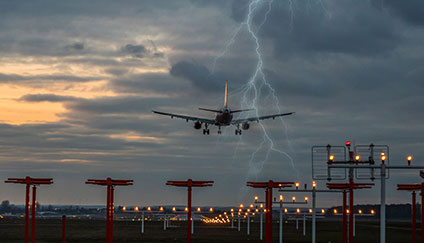Our teams consist of internationally recognised experts in direct and indirect lightning. We offer customers one-stop solutions from consulting, engineering, research and development to seminars and testing services. Tests are conducted at our comprehensively accredited test labs or on-site at customer facilities anywhere in the world.
